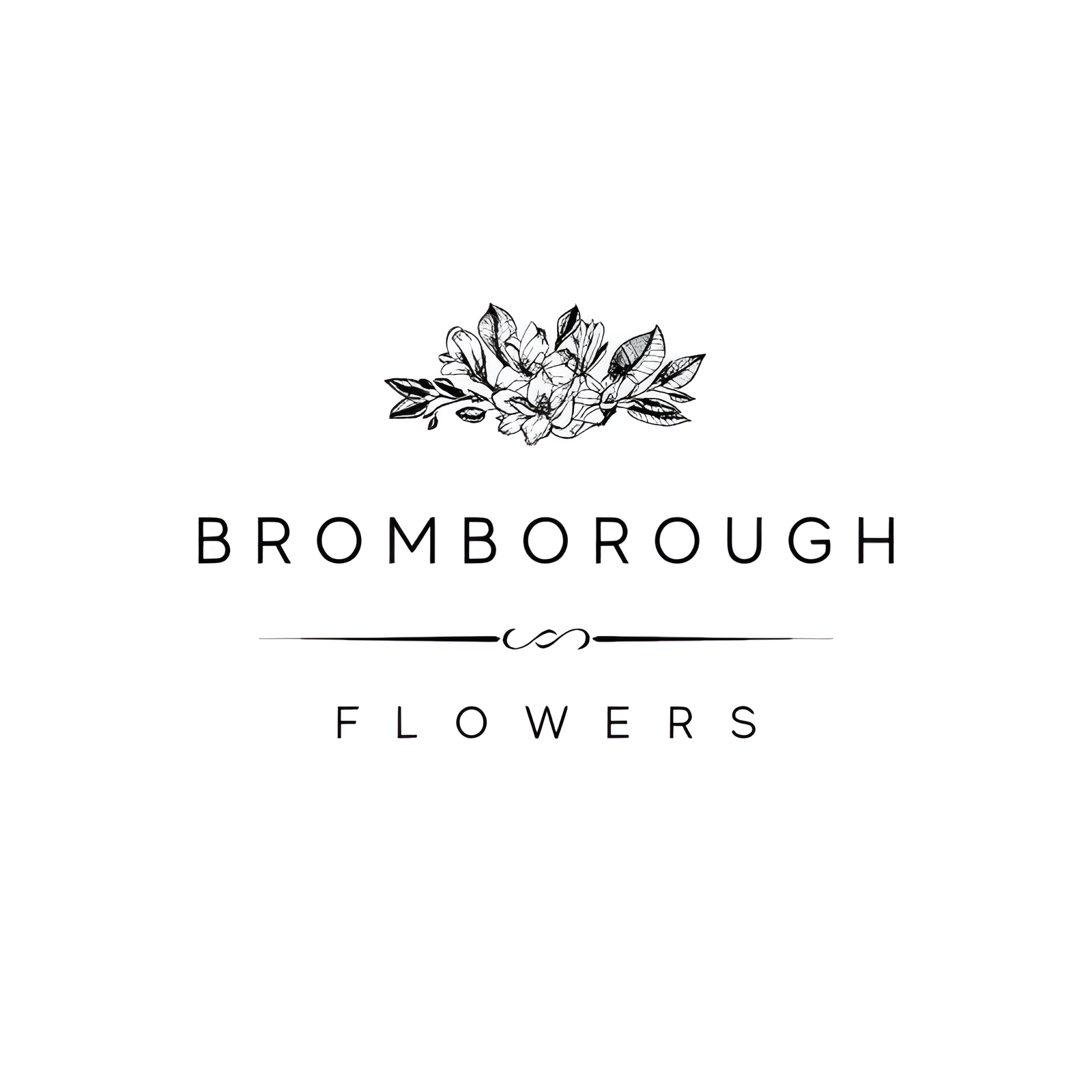In the world of wedding florals, salvia emerges as a versatile and elegant choice, offering not only aesthetic appeal but also rich symbolism. Known for its striking blooms in a spectrum of colors including blue, purple, red, and white, salvia effortlessly enhances any arrangement with its sophisticated charm. Beyond its visual allure, the flower carries connotations of wisdom, health, and healing, making it a meaningful addition to matrimonial celebrations. To fully grasp the unique attributes and cultural significance of salvia, one must explore its diverse applications and inherent symbolism within the context of wedding floral design.
Flower Overview
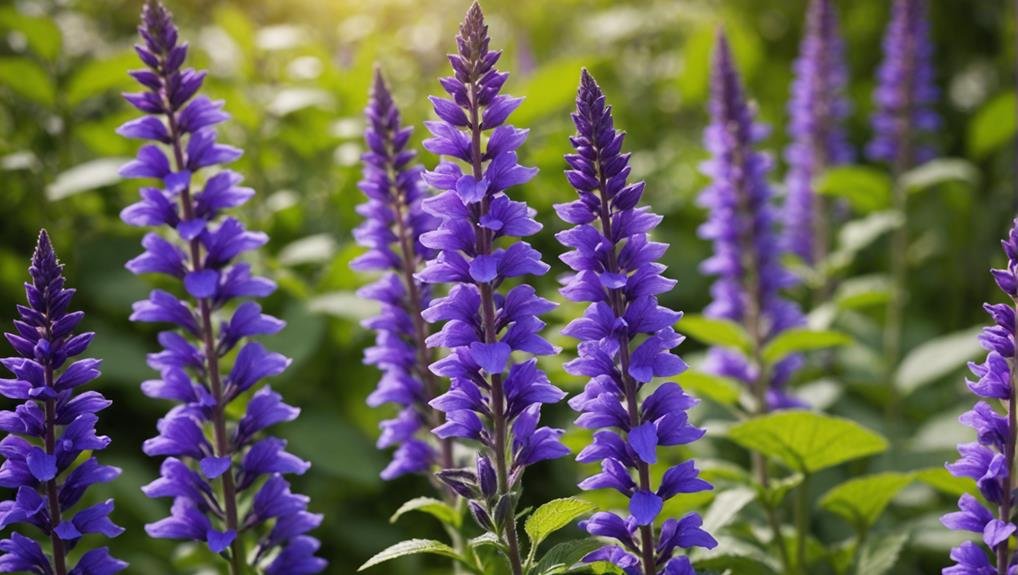
Salvia, commonly known as sage, is a versatile flower with long stems and vibrant blooms available in blue, purple, red, and white hues. This flower is an excellent choice for spring weddings, bringing a sense of elegance and color to floral arrangements.
Originating from regions such as Central and South America, Central and Eastern Asia, and the Mediterranean, salvia symbolizes wisdom, health, and healing, making it a meaningful addition to wedding decor.
In floral arrangements, salvia is often featured prominently due to its long stems and striking blooms. The tall, elegant nature of salvia makes it ideal for creating visually captivating bouquets, especially when used as a focal point with blue varieties.
For best aesthetic appeal, salvia is best paired with two or three other floral varieties like roses, tulips, or asters. This combination ensures a balanced and visually appealing bouquet.
One practical consideration when using salvia is the need for support to maintain its structure. The long stems may require additional stabilization, such as glass marbles, rocks, or beads, to guarantee the arrangements remain upright and visually pleasing throughout the event.
Physical Description
Characterized by their elongated stems and vivid, tubular blooms, salvia flowers display a striking appearance that enhances any wedding arrangement. These flowers, commonly known as sage, are distinguished by their long, slender stems that provide an elegant, vertical element to floral compositions. The blooms themselves are robust and tubular, adding texture and visual interest. Typically, salvia flowers form in clusters along the stems, creating a dense, eye-catching display that is both sophisticated and vibrant.
Salvia originates from diverse regions, including Central and South America, Central and Eastern Asia, and the Mediterranean. Their adaptability to different climates and conditions is reflected in their sturdy stems and lush blooms, making them a reliable choice for various floral compositions.
In wedding arrangements, salvia often serves as a focal point, particularly in vertical compositions. Its elongated stems can be paired effectively with other floral varieties such as roses, tulips, or asters, adding height and dimension.
When integrating salvia into wedding floral arrangements, it is essential to balance the blooms appropriately within the space. Additionally, providing support for the tall stems ensures that the arrangement maintains its structure and aesthetic appeal throughout the event.
Available Colour Varieties
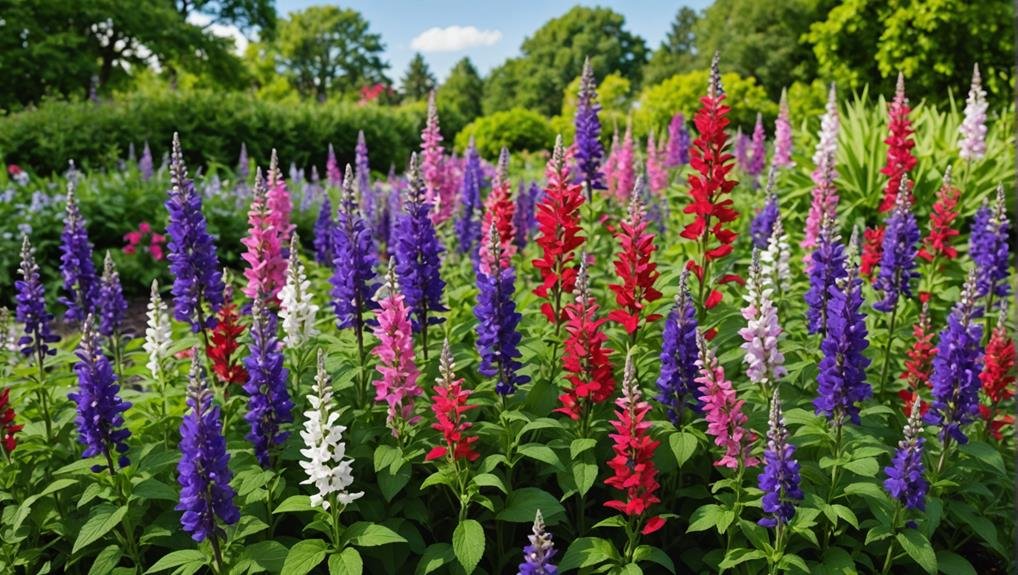
With a spectrum of vibrant hues including blue, purple, red, and white, salvia flowers offer versatile options for enhancing wedding floral arrangements. These colors allow for a range of creative combinations that can complement various wedding themes and seasons, especially in spring.
Blue salvia, recognized for its tall and graceful presence, is a popular choice for bouquets aiming to convey elegance. The deep, rich tones of Salvia Splendens 'Lighthouse Purple' provide a striking plum shade with a velvety texture, ideal for adding depth to arrangements or supporting other vertical components within the bouquet.
Red salvia can introduce a bold burst of color, while combinations of yellow, white, pink, or orange can create a lively and dynamic display. Salvia Wendys Wish, with its distinct deep raspberry pink blooms and pagoda-like structure, not only adds visual interest but also attracts pollinators like bees, hummingbirds, and sphinx moths, adding a touch of nature's charm to the wedding flowers.
Broadleaf sage, featuring silvery-green leaves and fragrant flowering spikes, contributes a vertical element to bouquets. Its aromatic properties and beautiful foliage make it a valuable addition, encouraging more stems when cut, thereby ensuring lush, abundant arrangements.
Latin Name and Taxonomy
The genus Salvia, a member of the Lamiaceae family which also includes mint and lavender, encompasses over 900 species known for their aromatic leaves and vibrant, tubular flowers. The Latin name 'Salvia' is derived from the word 'salvare,' meaning 'to heal,' a nod to the plant's historical medicinal applications. This extensive genus includes well-known varieties such as Salvia splendens, Salvia officinalis, and Salvia farinacea, each distinguished by unique characteristics that make them popular choices for various uses, including wedding decor.
Belonging to the same family as other aromatic plants like mint and lavender, Salvia shares many botanical traits such as square stems and paired leaves, which are typical of the Lamiaceae family. The diversity within the genus is remarkable, with species adapted to a wide range of climates and growing conditions, contributing to their widespread popularity in horticulture.
The taxonomy of Salvia is complex due to the sheer number of species and their varied forms. Nevertheless, their distinctive tubular flowers and aromatic foliage are consistent identifiers. This intricate classification underscores the botanical richness of the Salvia genus, making it a fascinating subject for botanical study and a versatile choice for weddings.
Geographical Origins
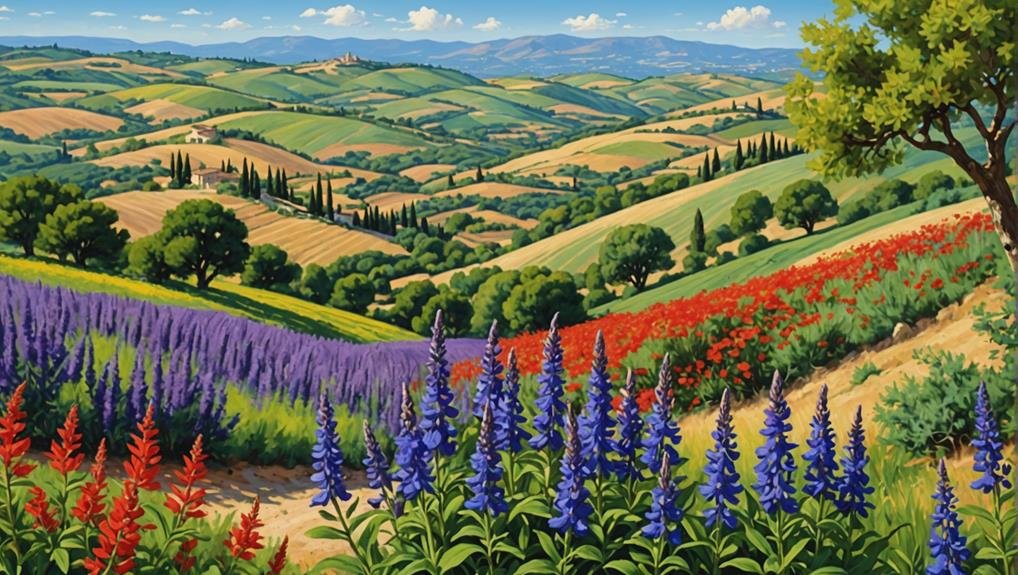
Salvia boasts a rich geographical origin, thriving in regions spanning Central and South America, Central and Eastern Asia, and the Mediterranean. This widespread geographical distribution highlights Salvia's remarkable adaptability to diverse climates and growing conditions. Its ability to flourish in various environments—from the warm, humid tropics of Central America to the temperate zones of the Mediterranean—illustrates the plant's resilience and versatility.
The geographical origins of Salvia are significant not only for their botanical interest but also for practical horticultural reasons. Gardeners and florists value Salvia for its robust nature and ease of cultivation in different soil types and climatic conditions. This adaptability makes Salvia an excellent choice for wedding floral arrangements, ensuring that it can be sourced and grown in many parts of the world, regardless of local climate variations.
Moreover, Salvia's diverse range of vibrant colors—blue, purple, red, and white—reflects the varied landscapes of its native regions. This variety enhances its appeal in wedding decor, providing numerous options to match various color schemes and themes. Understanding its geographical origins enriches our appreciation of Salvia's adaptability and enduring charm in floral design.
Season Availability
Understanding the season availability of Salvia is vital for planning stunning wedding floral arrangements. Salvia is typically available during the spring and summer seasons, making it an ideal choice for weddings held during these times. Its vibrant blooms and striking colors can enhance the aesthetic of any floral arrangement, providing a lush and lively appearance.
Spring weddings can particularly benefit from the availability of salvia, as it blooms abundantly during this season. The freshness and variety of colors that salvia offers in spring can add a dynamic and vibrant touch to any wedding décor.
Additionally, summer weddings can also capitalize on this robust bloom, as salvia continues to be readily available and thrives well in warmer temperatures.
However, different varieties of salvia may have varying peak seasons. It is essential to check the specific type of salvia desired to confirm its availability. Regional and climatic factors can also influence the availability of salvia, with certain varieties thriving better in specific conditions.
Consulting with a local florist can provide valuable insights into the best types of salvia available in your region during your wedding season.
Growing Conditions
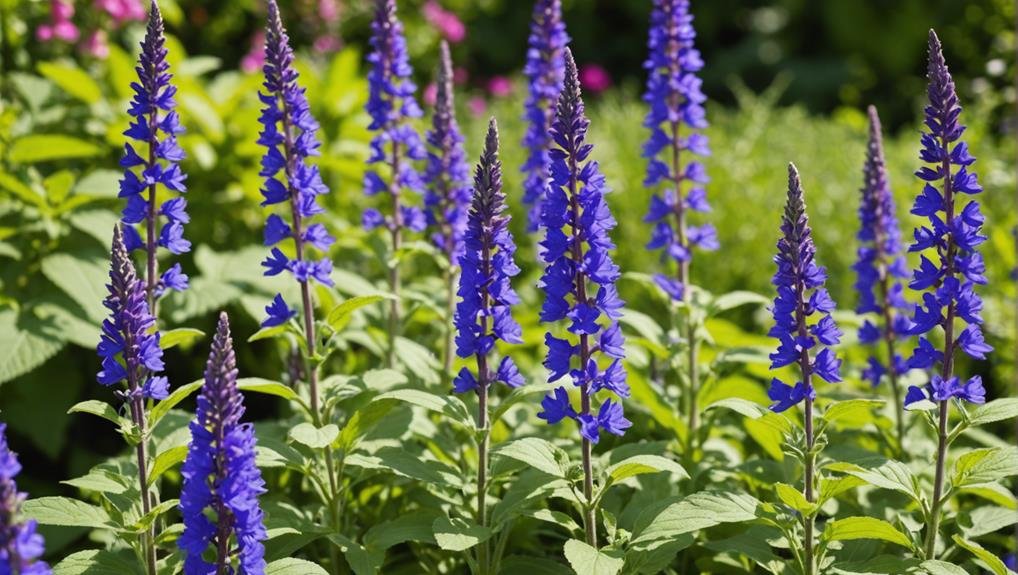
For best growth, salvia requires a minimum of six hours of sunlight daily, making full sun to partial shade the ideal lighting conditions. This allows the plants to thrive and produce an abundance of vibrant blooms, especially when the flowers are in season.
Salvia prefers well-draining soil, which is essential to prevent root rot. Overly moist conditions can be harmful, emphasizing the need for soil that allows water to flow through easily.
Once established, salvia is notably drought-resistant, making it a low-maintenance addition to gardens and landscapes. Regular watering while the plant is young helps it establish a strong root system, but as it matures, it can withstand periods of dryness. Deadheading, or the removal of spent blooms, is recommended to encourage continuous flowering throughout the growing season, ensuring that the plant remains attractive and productive.
In colder climates, salvia can be grown as an annual, while in warmer regions, it often behaves as a perennial, returning each year. The stem length of salvia can vary, but it typically provides sturdy, medium to long stems suitable for floral arrangements, making it a versatile choice for wedding bouquets and decorations.
Cultural Significance
Renowned for its vibrant blooms and significant symbolism, salvia has been cherished throughout history for its associations with wisdom, health, and healing across various cultures. Originating from Central and South America, Central and Eastern Asia, and the Mediterranean, this versatile flower has played an essential role in traditional practices and beliefs.
In ancient civilizations, salvia was often regarded as a powerful symbol of wisdom. The Greeks and Romans, for instance, revered it as a sacred herb, believing it could enhance cognitive abilities and prolong life. Similarly, Native American tribes utilized salvia in their medicinal practices, attributing to it properties that could heal and protect. This widespread cultural significance underscores salvia's enduring reputation as a plant of great importance and respect.
Salvia's robust blooms, available in shades of blue, purple, red, and white, further amplify its symbolic connotations. Each color variation can carry specific meanings, adding layers of depth to its cultural resonance. For instance, blue salvia is often associated with calm and serenity, while red salvia can symbolize love and passion. This rich tapestry of meanings makes salvia a compelling choice for various ceremonial and decorative purposes, reflecting its profound cultural significance.
Typical Use in Weddings
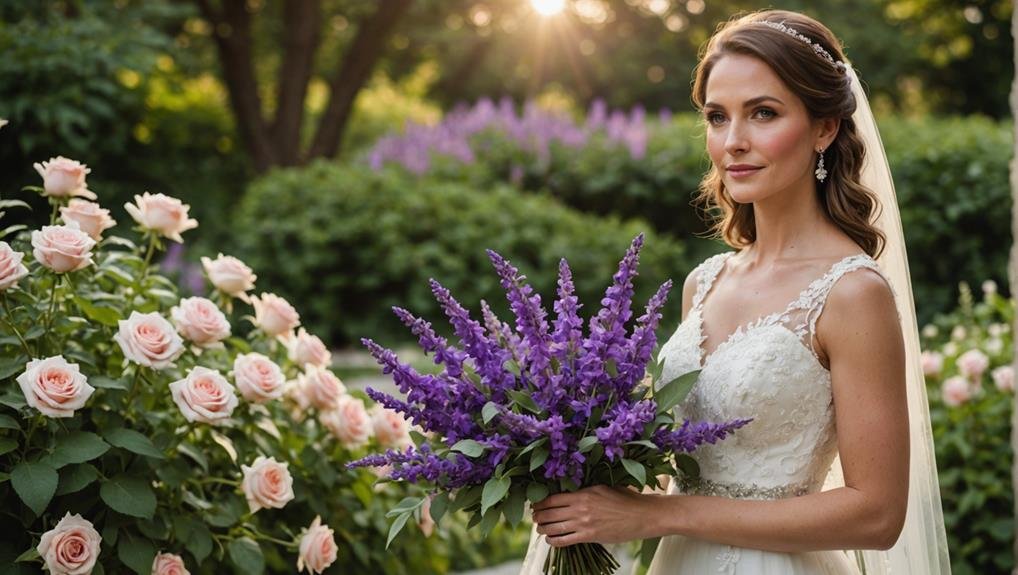
Given its rich cultural symbolism and vibrant hues, salvia has become a popular choice for wedding floral arrangements, bringing both refinement and significance to the occasion. Salvia's tall, graceful blooms, available in striking colors such as blue, purple, red, and white, make it a versatile option for various wedding floral designs.
One of the primary uses of salvia in weddings is as a focal point in vertical arrangements. Its stature and vivid color can add a dramatic flair to altar displays, reception centerpieces, and even entranceway decor. Salvia also excels in bouquets, where it pairs beautifully with other wedding flowers like roses, tulips, and asters. This combination not only enhances the aesthetic appeal but also creates a rich, textured look that is both refined and visually enchanting.
Additionally, incorporating salvia into your wedding floral arrangements can provide a burst of color and a touch of elegance. Expert florists, such as those at Lilygrass, can offer invaluable advice on how best to integrate this stunning flower into your wedding decor. By choosing salvia, couples can ensure a memorable and vibrant floral display that complements their special day beautifully.
Alternative Flower Types
While salvia offers a unique charm, several alternative flower types can also elevate wedding floral arrangements with their distinct characteristics and complementary aesthetics. Couples getting married can explore these alternatives to match their wedding date and theme, ensuring a beautiful and cohesive floral display.
For those seeking alternatives to salvia, consider the following options:
- Roses: Renowned for their timeless elegance, roses come in a wide array of colors and varieties, making them a versatile choice that can complement any wedding theme. Their classic beauty can serve as the focal point or accent in bouquets and centerpieces.
- Peonies: Known for their lush, full blooms, peonies are a favorite for spring and early summer weddings. Their romantic appearance and delicate fragrance add a luxurious touch to any arrangement, enhancing the overall aesthetic of the wedding decor.
- Hydrangeas: With their voluminous clusters of flowers, hydrangeas are perfect for creating striking, full arrangements. Available in shades of blue, pink, white, and green, they can be used to match or contrast with the wedding color palette.
These alternative flower types offer a range of textures, colors, and forms, allowing couples to create personalized and stunning floral arrangements for their special day.
